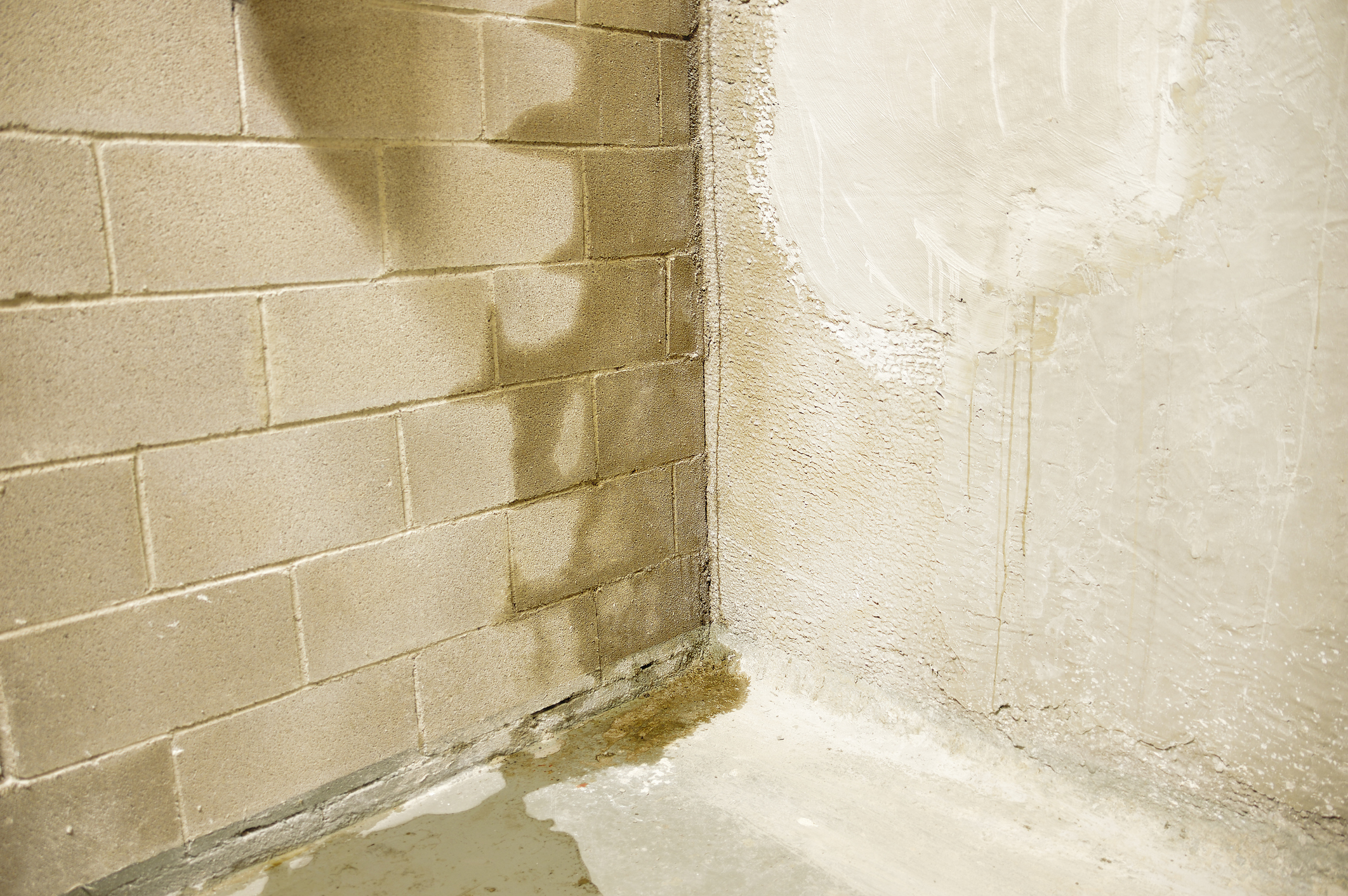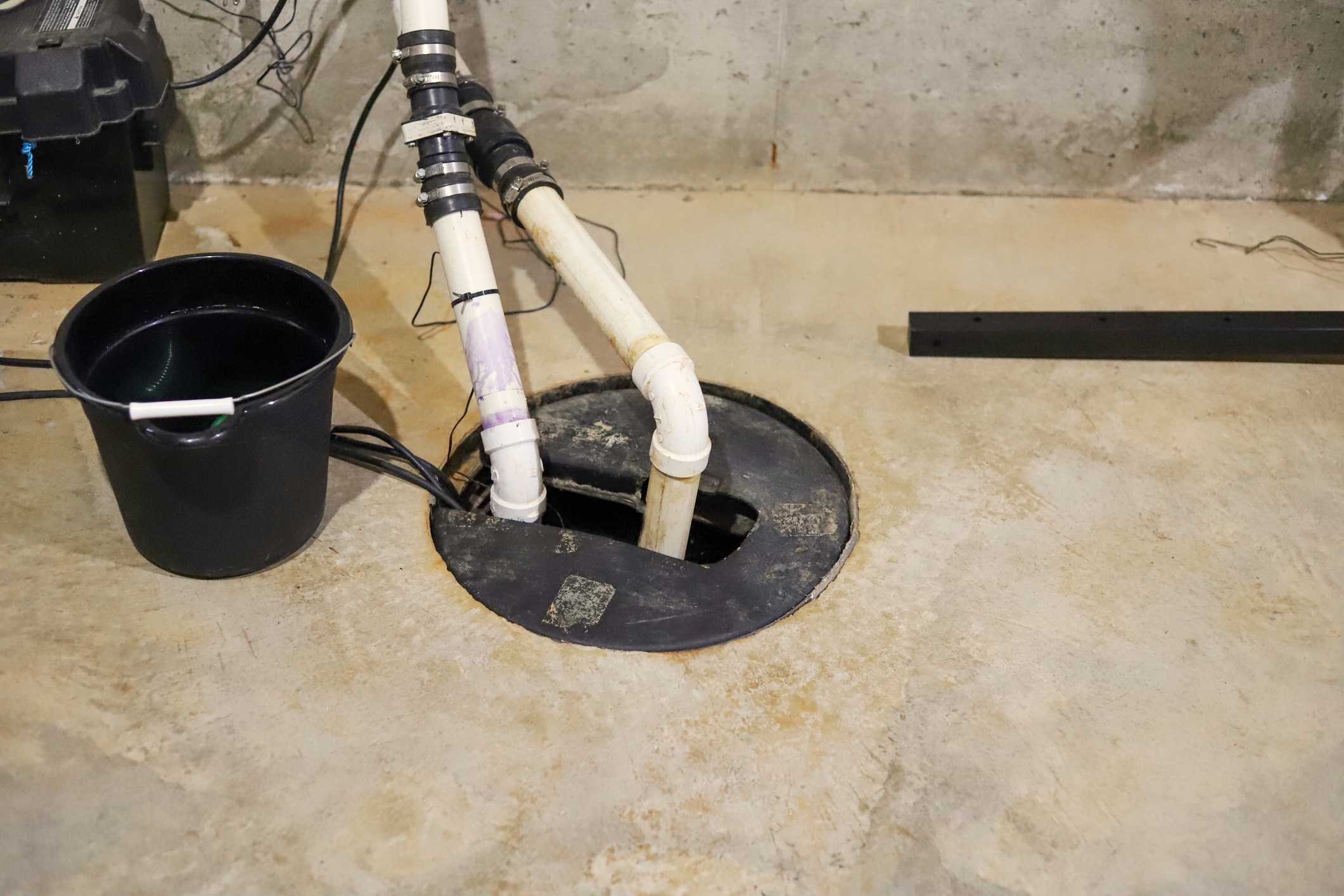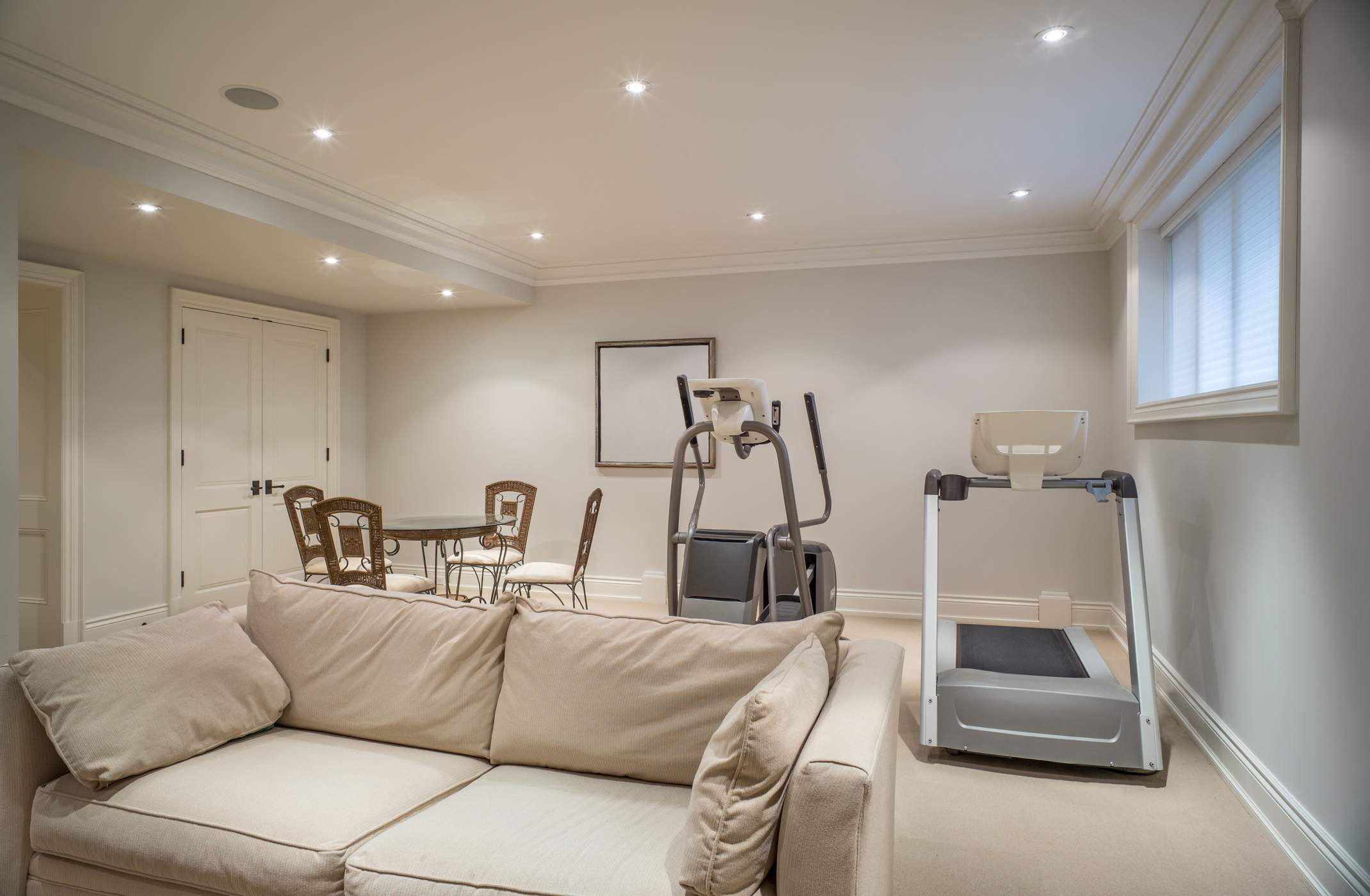In the spring, rain falling on frozen or saturated ground can create the perfect storm for water flooding into your home’s basement. If your basement is prone to flooding, sump pumps are vital to keeping below-grade rooms dry and home structures stable.
The lowly sump pump made a surprising impact on homes over the years. Basements haven’t always been furnishable spaces in homes. Before the 1950s, unfinished basements were common in areas where ground froze deeply enough to require foundations, while homes in warmer climates usually rested on slabs.
Karl Niedermeyer, an electrician in the US Navy during World War II, arrived home and began working at his father’s motor shop. He noticed that the same pump systems that ships used could be applied to pumping water out of flooded homes. He made a business out of his invention but the first patent for a submersible sump pump was filed in 1959 by Herbert R. Olson of Chicago, Illinois. Niedermeyer eventually patented his sump pump design in 1970.
Furnished basements became common in new homes in the 1950’s. Sump pumps quickly became popular, allowing homeowners to protect their basements from water and create more living space.
How Sump Pumps Work
The modern sump pump works almost exactly the same as early versions. There are two main types of sump pumps. The float activated sump pump starts up when the water level rises. A ball floats atop the water, rising as the water rises, moving the activator arm, which then activates the sump pump. The other type of sump pump is the pressure activated pump which is activated when the water puts pressure onto the pump’s pressure sensor.
Once the sump pump is activated, the electric motor turns on, pumping the water up out of the basement or tank into a pipe. This motor can be placed either above ground in the case of pedestal sump pumps or inside a sump basin, completely underwater in the case of submersible sump pumps. In either case, the water is transported through a pipe, far away from the house’s foundation into either a yard or a storm sewer.
To keep running in case the power goes out, both water-powered and battery-operated backup sump pumps are available. Water-powered pumps require municipal water pressure and don’t need electricity to run. Some sump pumps have built-in backups that start up if there’s a failure.

Choosing the Right Pump
Sump pumps are a worthwhile investment if you have water issues in your basement. While the initial price of a sump pump can cost anywhere from $100-400 and upwards of $500 when you include the installation, they can save you thousands of dollars by preventing flood damage.
An energy-efficient sump pump can save you even more. Choosing the right pump all depends on the amount of flooding you typically get since you want a strong enough motor to stay ahead of the volume of water seeping into the basement. The most energy-efficient sump pumps use less than 0.5 horsepower. A ⅓ horsepower sump pump uses around 800-1050W while running and 13,000-4,100W to start up, whereas a 0.5-hp sump pump uses more than 1.5 times that amount just to start up.
A 0.5-hp sump pump can cost around $30 a month to run during the wet season, but becomes less efficient and more expensive to operate as it gets older. Pedestal pumps can last around 30 years whereas submersible pumps should be replaced after just 10 years.

After seeing it turn on and off many times, Sense will be able to identify your sump pump and you can track it in the app. You can set up an alert in Sense that will tell you if your sump pump has turned on so you can check your basement. This can be especially helpful to monitor your home while away since it can alert you to flooding in progress.
By setting a second alert to tell you when your sump pump stops, you can detect if your sump pump is running continuously or operating when there’s been no rain. Newer sump pumps have thermal protection to prevent overheating, which keeps them functional for longer. If the pump is making unusual noises or shaking, it could be a sign that it’s time to replace it.

On a day-to-day basis, you can also reduce the cost to operate your sump pump once it’s installed. To keep your sump pump operating efficiently for as long as possible, here are some tips:
• Incorrect drainage is a common reason that a sump pump can become inefficient. One simple solution is to extend the drain for the pump another 5 feet into the yard so water isn’t continually seeping back into the ground close to your foundation.
• Every few months, the pump’s cord should be checked to see if it is connected to the power source. The pump would also benefit from a test to make sure that the buoyant ball or pressure sensor is still activating the motor by watering the pump. If the sump pump does not turn on, this is a sign that something is wrong and the sump should be replaced or inspected.
• About once a year, the pump itself and the basin (the sump) should be cleaned out and inspected. Some sump pumps require annual lubrication of the pump’s bearings.
• If the pump is running for more than 24 hours at any given time, even during wet season, that may be a sign that it is time to replace the pump or get a more powerful one.
This article was written by Hannah Bardei, who is an intern at Sense and a senior at Minuteman High School near Boston, Massachusetts.

